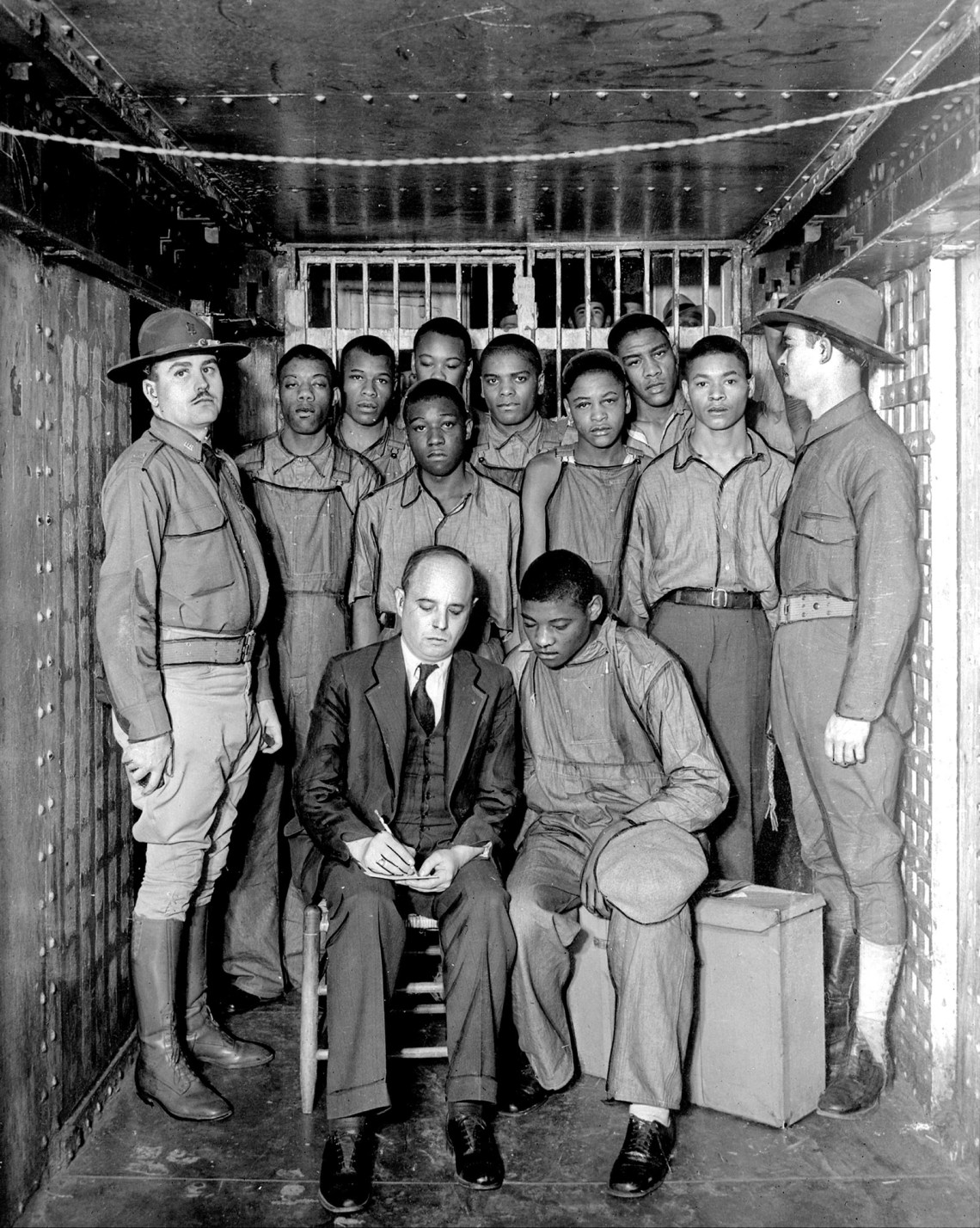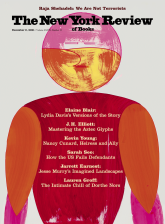In our national debates about criminal justice reform, public defenders have not received as much attention as police and prosecutors. Perhaps this is because their problems seem obvious: they are underpaid and overworked. Defenders tackle insurmountable caseloads by resorting to triage. They hastily review cases assuming that most defendants will waive their right to a trial and plead guilty in order to get a reduced sentence.
It’s true that many defendants want a plea deal. But many others do not consider these agreements a good bargain. For one thing, they typically require probation, which comes with so many conditions that life on the outside can seem nearly as oppressive as a prison sentence. Nevertheless, many defendants accept the prosecution’s plea offer because they cannot sit in jail awaiting trial when family members depend on them, or because they lack confidence that a trial would exonerate them. It’s impossible to know exactly how many feel pressured into pleading, but the number is surely too high, given that around 95 percent of criminal cases in the US end with guilty pleas. State-funded lawyers, who are appointed to represent those who cannot afford private counsel—about 80 percent of criminal defendants—manage the vast share of pleaded cases. For the poor, who are disproportionately people of color, the criminal justice system in the United States is essentially a plea-and-probation system.
The high rate of guilty pleas has consequences that go beyond individual cases. Trials also hold the government accountable; the actions of police and prosecutors come under scrutiny in addition to those of defendants. Pretrial motions, a crucial part of criminal litigation, are opportunities to challenge law enforcement tactics. Even when defendants have committed the charged offense, they may still want to question, for example, whether the police violated their constitutional rights during a stop or search. These motions can be time-consuming for lawyers to argue and judges to decide, but they help maintain the rule of law. When public defenders rarely take cases to trial, the criminal justice system loses an important oversight mechanism.
Reformers have called for increased funding for public defenders’ salaries, staffing, and resources, which are far more meager than the budgets allocated to prosecutors and law enforcement. Three recent books, however, argue that more money alone is insufficient and raise new questions about whether more trials would be enough to address systemic inequality in the justice system.
In 1963 the Supreme Court ruled in Gideon v. Wainwright that defendants who cannot afford a lawyer have a right under the Sixth Amendment to counsel paid for by the states. The unanimous opinion rested on the “obvious truth” that “in our adversary system of criminal justice, any person haled into court, who is too poor to hire a lawyer, cannot be assured a fair trial unless counsel is provided for him.” This was based on the premise that a trial, set up as a contest between two opposing parties, was the best way to determine guilt and guarantee justice—so long as the fight was fair. But the Court in Gideon didn’t require states to spend equally on prosecution and defense, nor did it specify how much states had to spend on lawyers for indigent defendants. Unsurprisingly, states spent very little.
This Issue
December 2, 2021
Grand Illusion
‘And I One of Them’
Herring-Gray Skies






